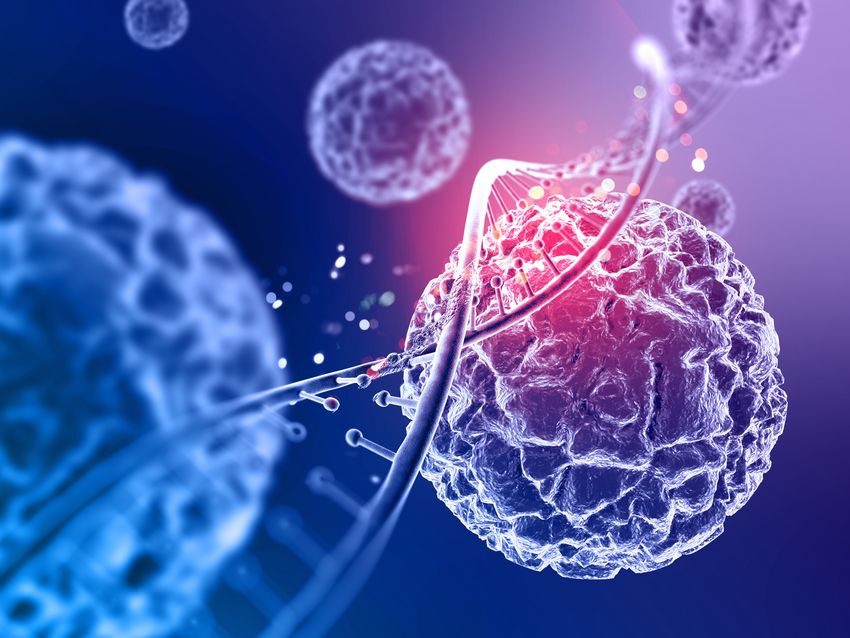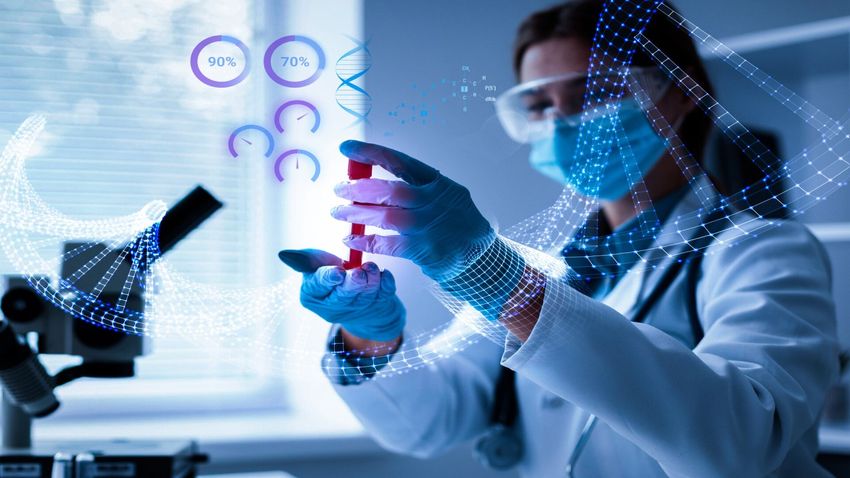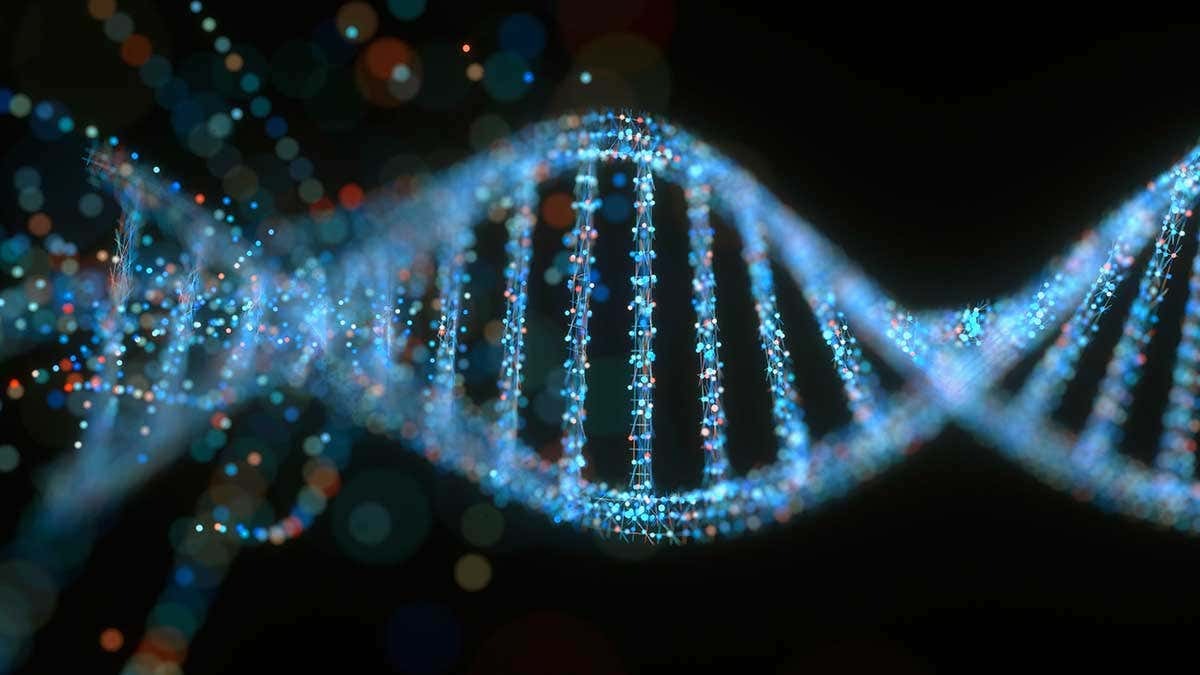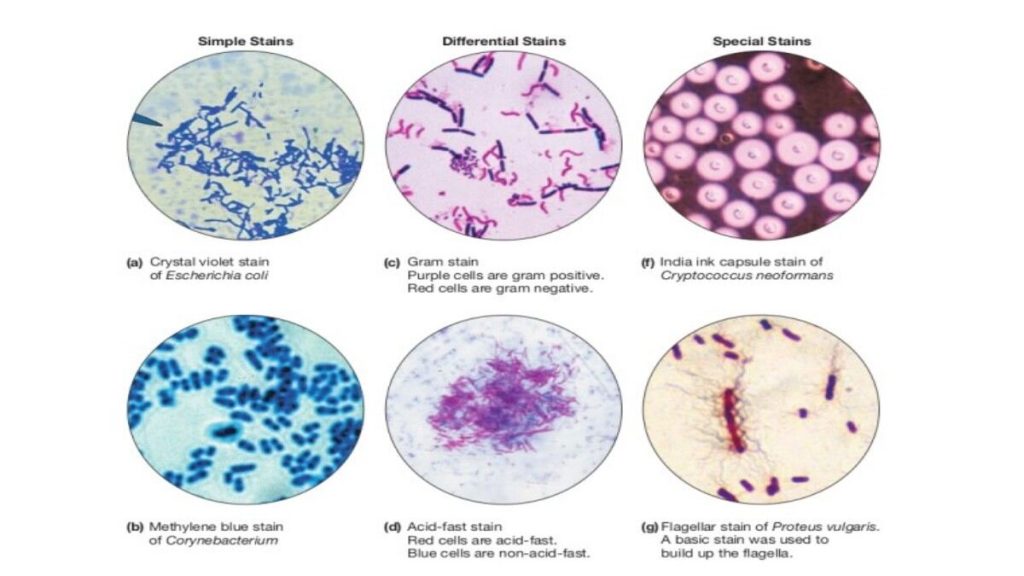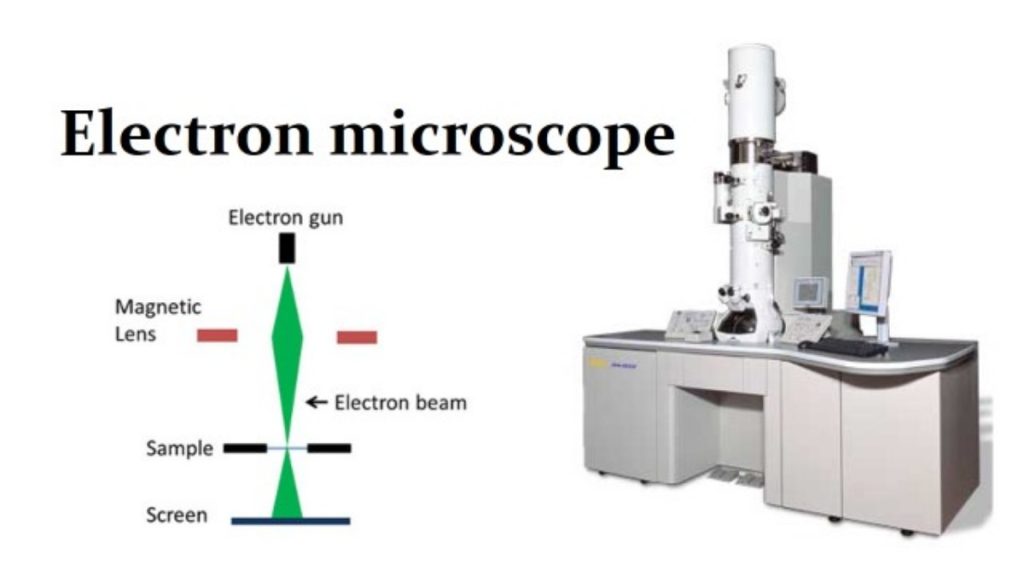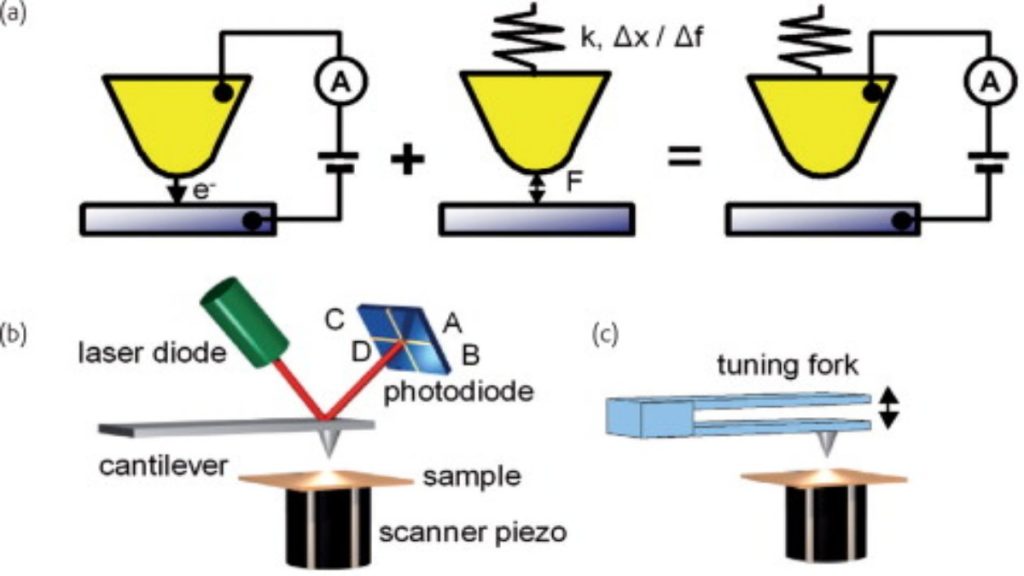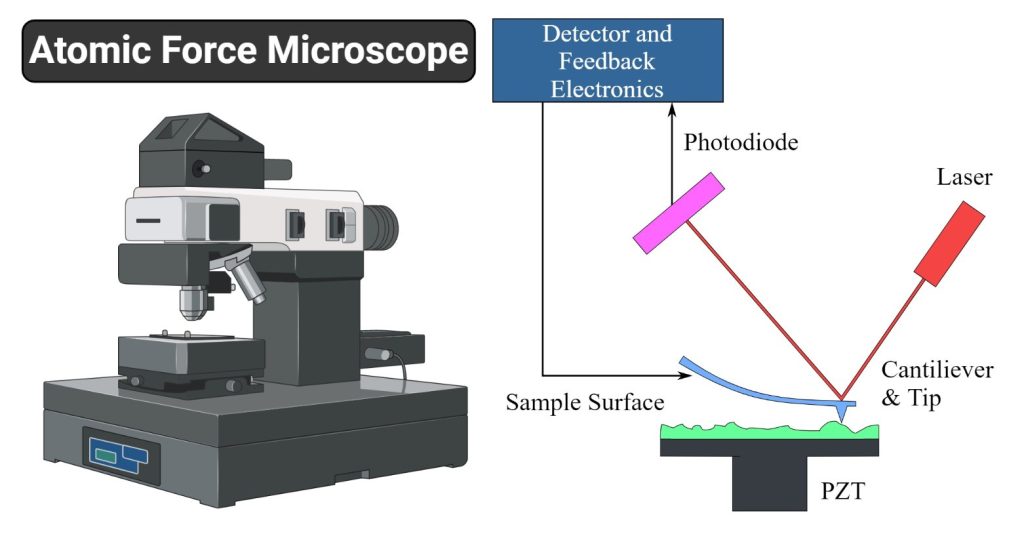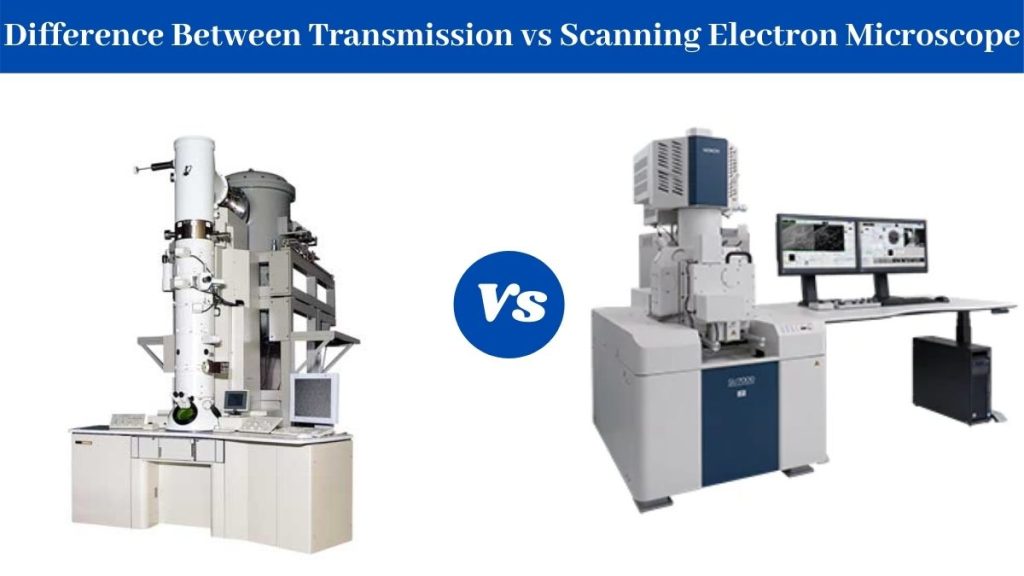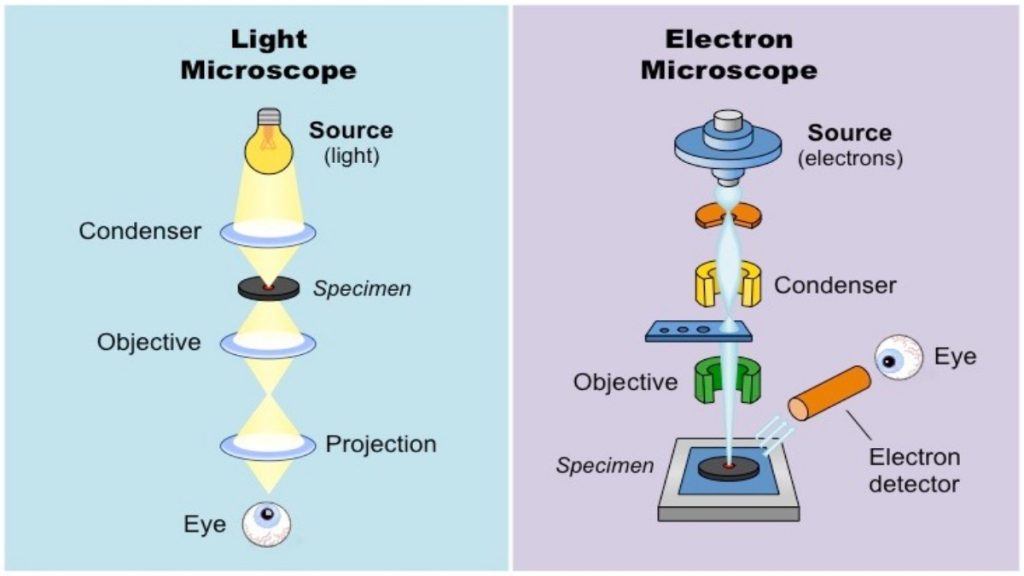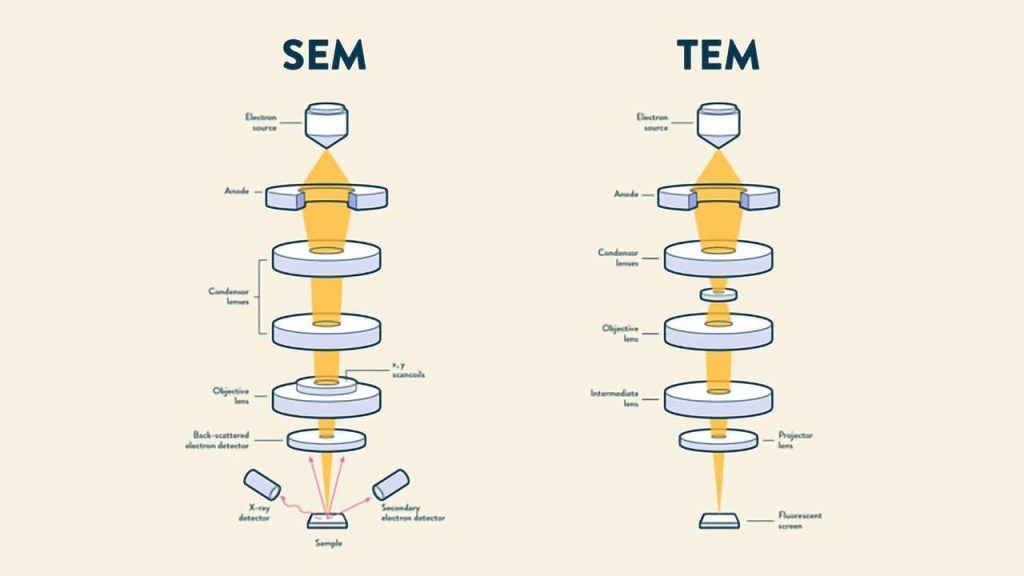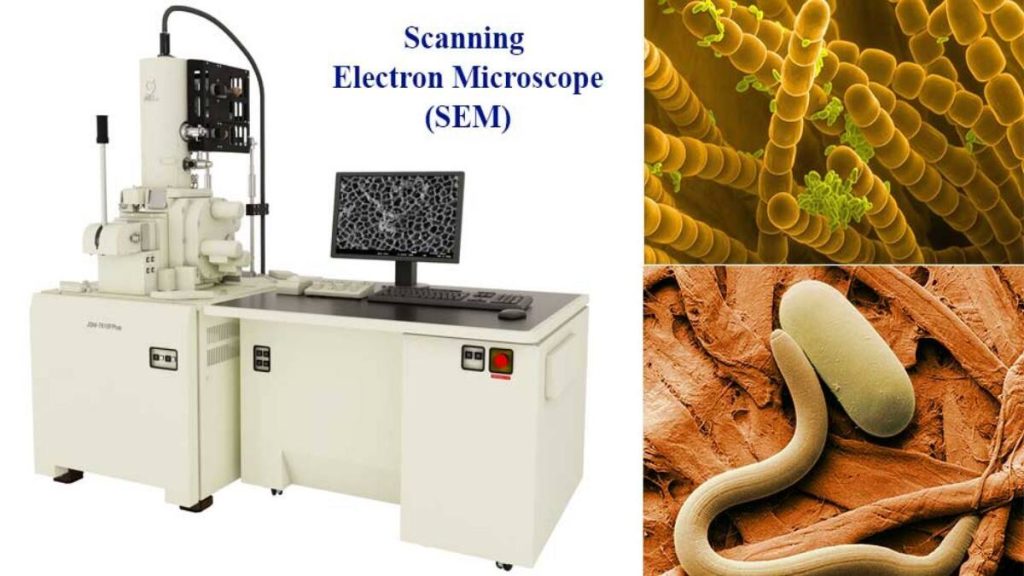Posted inMicrobiology
Posted inAdvanced
Differential Staining Techniques
Viewing Bacterial Cells The microscope is a very important tool in microbiology, but there are…
Posted inAdvanced
What is a Limitation of Using Electron Microscopes to View Specimens?
How does electron microscopy work? Three main factors underlie the scientific principle of microscopy: magnification,…
Posted inAdvanced
Difference Between AFM and STM
AFM and STM AFM refers to Atomic Force Microscope and STM refers to Scanning Tunneling…
Posted inAdvanced
Atomic Force Microscopy, a Powerful Tool in Microbiology
INTRODUCTION Understanding the functions of microbial cell surfaces requires knowledge of their structural and physical…
Posted inAdvanced
Difference Between Scanning Electron Microscope and Transmission Electron Microscope
The world of the very small first opened itself to the eyes of mankind in…
Posted inAdvanced
Difference Between Optical and Electron Microscope
Optical vs. Electron Microscopes Many students are instantly plagued when placed in front of a…
Posted inAdvanced
SEM and TEM: what’s the difference?
Electron microscopes have emerged as a powerful tool for the characterization of a wide range…
Posted inAdvanced
Scanning Electron Microscopy (SEM)
What is Scanning Electron Microscopy (SEM) A typical SEM instrument, showing the electron column, sample…
Posted inAdvanced
Transmission Electron Microscope
A Transmission Electron Microscope (TEM) utilizes energetic electrons to provide morphologic, compositional and crystallographic information on samples.…

